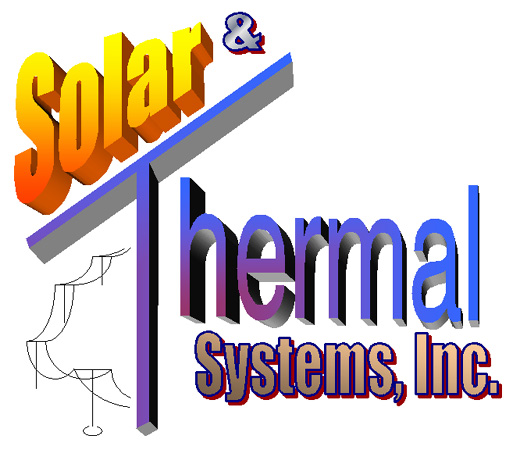Businesses that use electricity, and it's rumored that there are quite a few these days, can benefit by generating some or all of their own electricity from sunlight. There are two widely recognized methods for capturing and converting sunlight into more valuable forms of energy.
The most recognized and most expensive is called photovoltaics or PV. Based on the photo-electric effect, these crystalline devices silently convert sunshine into electricity. And when combined with a small rack of electronic components, produce power at our wall outlets. The only real disadvantage to PV is the cost. It currently costs about 3-4x more for a kWh of PV energy than any other commercial source. Without subsidies that means 20+ years for payback, and this post is about the bottom line.
The other technology for capturing sunshine is broadly called solar-thermal, because the sunlight is simply used to make something hot. Everyone is familiar with the effect, a car seat too hot to sit on, a wrench or a tool that's too hot to handle, a sidewalk or sand that's too hot to cross in bare feet. And of course, the childhood favorite, burning leaves, twigs & sometimes bugs with a magnifying glass. How do nuisances and childhood pranks improve the bottom line?
Sunlight is high quality energy. It's plentiful, ubiquitous, and spread out; it's also easily concentratable. When we concentrate sunlight we have the ability to heat things to very high temperatures, which is exactly why we burn coal, oil, and gas to power engines that turn generators. Every power engineer knows that the hotter we can make a 'fluid' the more electricity we can produce. Hotter is better. Focused sunlight could in theory heat an object to the temperature of the sun... far too hot to be controlled today. Fortunately, we don't need things even remotely that hot to make a tidy profit.
We use concentrated sunlight to boil a working fluid under pressure. This is the same process or phenomenon as occurs with water/steam from the hot gasses and flame in a boiler or the heat energy from fissioning uranium or the heat and pressure from a geothermal well does.
Because the power of a boiler or reactor goes up as the cube of it's size there has been great economy to make them as large as possible. A 1GW boiler is 1000x as powerful as a 1MW but only 10x as big in any direction L x W x H
Solar power goes as the square of the distance, so going bigger pays off slower. The same factor of 1000x power requires building 31.6x in length and 31.6x width. But this can be used advantageously when scaling down. We can go from 10MW to 100kW with only 1% of the material, and 1% of the footprint. Small enough to fit on a commercial rooftop. Affordable enough to fully pay for itself in 6-7 years, and that's the bottom line.
The Light is Green!
Subscribe to:
Post Comments (Atom)

No comments:
Post a Comment